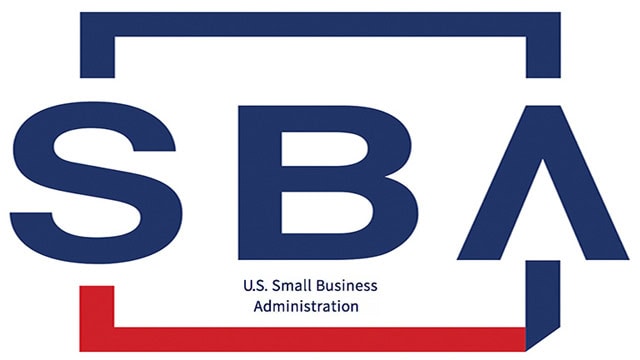PPP Funding Helps Operators Weather Trying Times

With the recent extension of the Paycheck Protection Program (PPP) loan program until Aug. 8, several members of the linen, uniform and facility services industry shared their experience securing funding through the program for their laundry operations.
Superior Linen Service, which runs a mixed operation headquartered in Tulsa, OK, put in their application for the PPP during the first phase of funding. “We applied the very first day it opened during the first phase of funding,” said Doug Waldman, president, Superior Linen Service, and former TRSA Chairman. “We were probably one of the very first companies to get the actual loan funding. Our bank is a small, regional bank. They got it in, and got it done.”
Waldman said that his company’s long-term relationship with a more nimble, regional bank helped it get funded quickly. “It’s really based on the banking relationship you have,” he said. “Those that went with the bigger banks, there’s too much inertia in the big banks. They got slammed so hard in the last financial crisis that they were walking a little careful and were delayed.
“A huge bank like Wells Fargo was basically told that they couldn’t participate because of the shenanigans they had pulled in the past. Then they eventually got it going. Overall, the smaller banks were more nimble and able to overcome their own internal processes than the big nationals were. The big nationals are finally catching up.”
The loan helped the company retain key staff members when both its food-and-beverage and healthcare business suffered as a result of the coronavirus crisis. “If our business is down by half, that means we had to downsize our business by half, which we can do,” Waldman said. “As a company, we can do that, but to downsize to that level means we have to make a lot of cuts in terms of employees. What this loan has allowed us to do is bring (back) our employees who we cut or furloughed – we had combinations of furloughs, pay cuts and reduced hours depending on the situation. We were able to return some wages to normal levels and return some staff off furlough. The biggest issue was we got those that are working back up to guaranteed 40-hour weeks.
“It’s certainly been good for those staff that we have work for. We’re getting them back to whole. They’re making as much now as they did before, even if we don’t have the same amount of work for them. That’s a great thing because it makes them feel really good. The employees that are working see so many of their friends in other industries that have been laid off and unemployment hasn’t kicked in for them yet. It helps.”
While the loan has given a boost to Superior Linen Service and its staff, Waldman has concerns about the language regarding the terms for loan forgiveness. “The important issue now is figuring out the forgiveness aspect of the loans,” Waldman said. “Although the guidance has certainly improved a little since the beginning, the final rules are still not clear. We are being very cautious in how we use the funding to make sure we do not dig ourselves a hole if the loans are not forgiven. Although we are pretty confident we have met the requirements for forgiveness, when you are dealing with fast-moving government programs, it is not wise to assume that you will automatically get forgiveness.”
Johanna Ames, president, Ames Linen Service, Cortland, NY, went through a regional bank to secure PPP funding for her mixed plant during the first phase of applications. “My regional bank made it very easy,” Ames said. “They developed infrastructure to handle the applications electronically. I spent several hours studying the program and compiling the data I would need so that I was ready to apply when the portal opened.”
The loan helped the company cover expenses when business dropped due to a steep decline in elective surgeries and other procedures as healthcare providers prepared for a surge of COVID-19 patients in their facilities. However, having a mixed operation allowed Ames Linen to retain roughly 35% of its business at the height of the crisis. “This will definitely help cover my payroll expenses and some other allowable expenses,” Ames said. “It will help me return to a break-even point in our operations as I have intentionally carried a heavier payroll than normal to keep our employees attached to the company.”
Ames also noted that several of her employees participated in the New York State Shared Work program, so all of her staff that saw hours reductions were able to file for partial unemployment at the same time.
Rentwear Inc., an industrial operator based in North Canton, OH, also received funding. “The process took about a month start to finish,” said Tadd Clay, vice president, Rentwear. In Rentwear’s case, persistence paid off. “Once I heard the Small Business Administration (SBA) received our loan, I was very persistent via email to my banker about where we stood,” Clay said. “They reassured me they knew how important this was to us and everyone else who had applied. The Friday of that week, I was sent an email telling me that we had a loan number and our money was secured.”
For more information on PPP loans, visit TRSA’s Coronavirus Resource Center at www.trsa.org/covid19.
